‘Anyone can be on either side of the rope,” the announcer yelled into the megaphone. “Is everybody ready? Ok, go.”
Screams filled the air as the tug of war across the San Lorenzo River commenced. This was one of the culminating activities of the first Santa Cruz Pride event 50 years ago in June 1975.
According to Dan Dickmeyer, who was one of the organizers, “Most of us hadn’t had much experience organizing anything, let alone something for which every day meant some new way of ‘coming out.’”
About 100 people showed up for that first event. And thanks to those early organizers, this year we are celebrating the 50th year of Santa Cruz Pride.
Since 1975, Santa Cruz Pride has convened an annual event, parade or festival that brings nearly 5,000 people to downtown Santa Cruz. The 50th anniversary of Santa Cruz Pride is a milestone in history for the visibility and celebration of a vibrant LGBTQ+ community unlike any across the country. It is a time to celebrate all people and allies across the county.
In 2025 we are celebrating the 50th anniversary of Santa Cruz Pride. We are not just commemorating the Stonewall riots; we are also celebrating the rich LGBTQ+ history, culture and people across Santa Cruz County.
Santa Cruz County has become a thriving county because of the many contributions of LGBTQ+ people (arts, culture, sports and politics). The Santa Cruz County community as a whole has contributed to a thriving LGBTQ+ community, including a 1992 Santa Cruz City Council anti-discrimination employment and housing ordinance based on gender identity and sexual orientation that was one of the first in the state.
In June 2024, the Santa Cruz County Board of Supervisors passed a resolution that designated the county as a sanctuary county for transgender and nonbinary people. And in January 2025, the supervisors passed a resolution affirming that the county is a safe place for LGBTQ+ people. Santa Cruz County is one of the few places in the country where the LGBTQ+ community is integral to the success, growth and culture of the region.
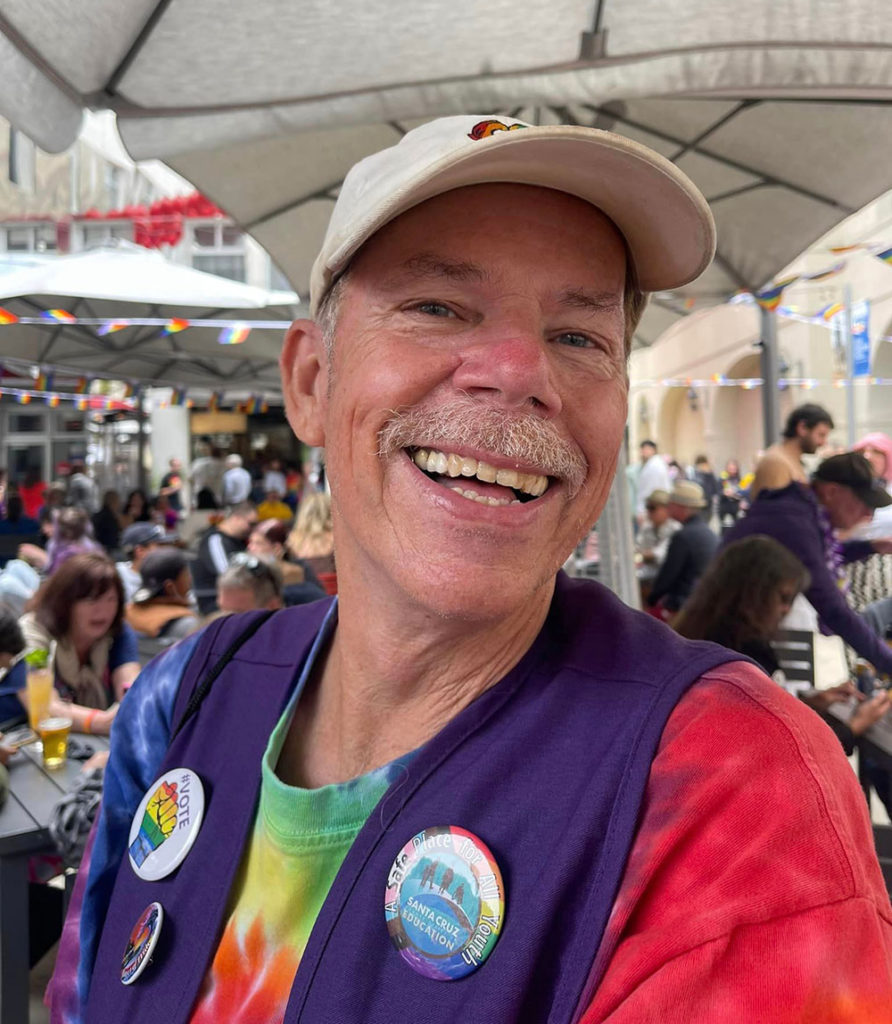
I became the chair of Santa Cruz Pride following the pandemic in 2021. In this volunteer role, I have the privilege of learning and hearing about the stories of people across Santa Cruz County and how they have contributed to the inclusive and welcoming community that we all call home. This includes people of all ethnicities and races and gender identities and sexual orientations and ages who have contributed in some way to the 50th anniversary of Santa Cruz Pride. This milestone illustrates how LGBTQ+ people have contributed to a thriving Santa Cruz County community and how the broader community has contributed to LGBTQ+ culture. Santa Cruz Pride is the first smaller city in the nation to reach 50 years and the third oldest Pride organization in the state.
Over two years ago, a group of people set a vision for the celebration of our 50th Anniversary. That list spanned several pages and gradually focused on some key ways to celebrate and commemorate the Stonewall Riots that occurred in 1969 in New York, marking the beginning of the modern LGBTQ+ rights movement. That movement has been ever present across Santa Cruz County as queer people across the county have contributed to every significant event in queer history across the nation, including the March on Washington in 1979, the defeat of the Briggs Initiative in 1989, the development of student LGBTQ+ clubs in our schools, changing unjust laws, drag performances, protesting in front of the Supreme Court and standing up for equal rights. This justice and equality mindset is as evident in the people across the county today as it was back in the 1970s and 1980s.
Earlier in May, eighth-grader Bryce Grossman from Mission Hill Middle School organized the “We Will Not Be Erased, A March for the Rights of LGBTQIA+ People” march at Santa Cruz City Hall that brought over 200 people of all ages to declare that “LGBTQIA+ people deserve respect, visibility and choice.”
This is the spirit that we are celebrating with the Santa Cruz Pride 50th Anniversary—celebrating every person who has been part of the 50 years of Santa Cruz Pride and has showed up in any way. The parade and festival will take place in downtown Santa Cruz on June 1. We invite everyone to show up at any or all of the following events during Pride Week from May 27 to June 1.
- May 27, 7pm, County Building. Santa Cruz Pride 50 IllumiNight and Rainbow Procession. The County Building and Town Clock will be illuminated with rainbow lights. Wear lights and rainbow attire. County Building, 701 Ocean St.
- May 28, 7pm, Rio Theater. Alison Bechdel event sponsored by Bookshop Santa Cruz. Tickets at bookshopsantacruz.com.
- May 29, 6:30pm, Kuumbwa. A Queer Evening in May, featuring local musical talent. Tickets at kuumbwajazz.org.
- May 30, 6:30pm, MAH. Generations of Pride Dinner and Dancing Through the Decades. Provides a first look at two new exhibits. Tickets on Eventbrite.
- May 30, 4:20-8pm, Town Clock Plaza. Dyke Trans March.
- May 31, 8pm-1am, Rio Theater. Queerlantis: A Golden Jubilee. Tickets on Eventbrite.
- June 1, 11am-4pm, Downtown Santa Cruz. Pride Parade and Festival.
Interfaith service at 9:30am; parade at 11am; speeches at noon, followed by music from SambaDa and Robbie Fitzsimmons.
READ ALL THE STORIES IN OUR PRIDE ANNIVERSARY COVERAGE
No Going Back
by Kyara Rodriguez
Showing Pride
by Kyara Rodriguez
Public Works
by Rob Darrow
Loud and Proud
by Kyara Rodriguez


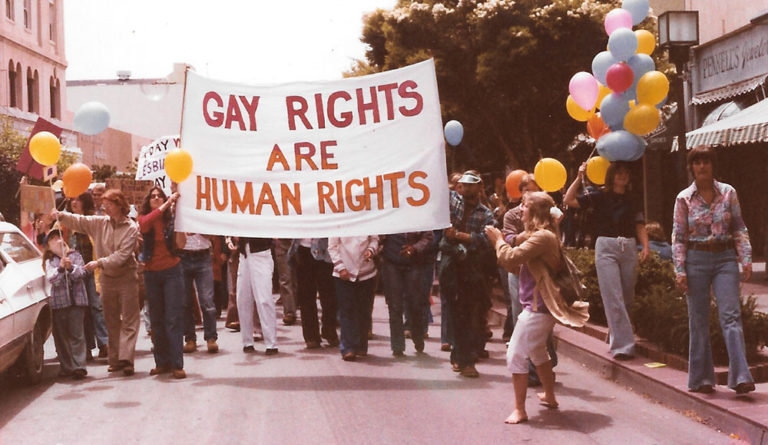

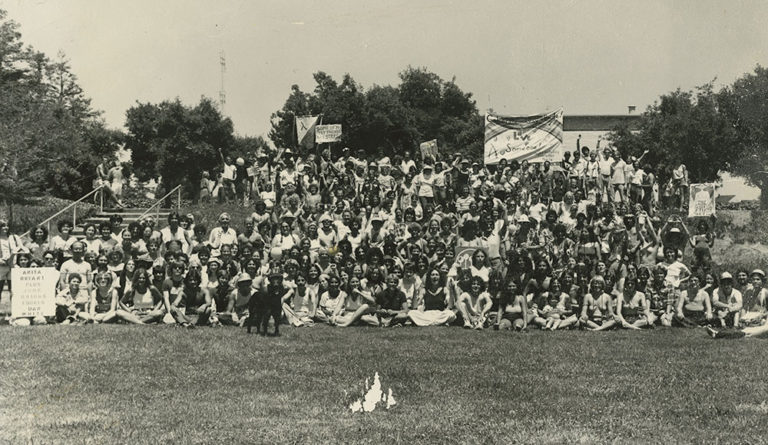
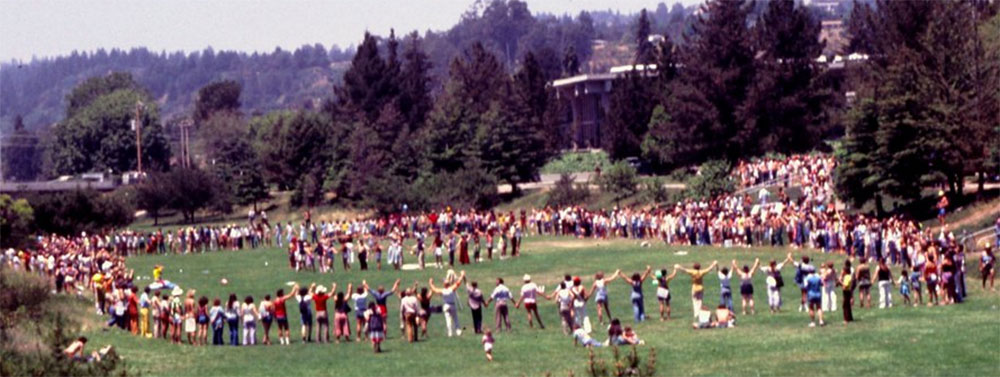
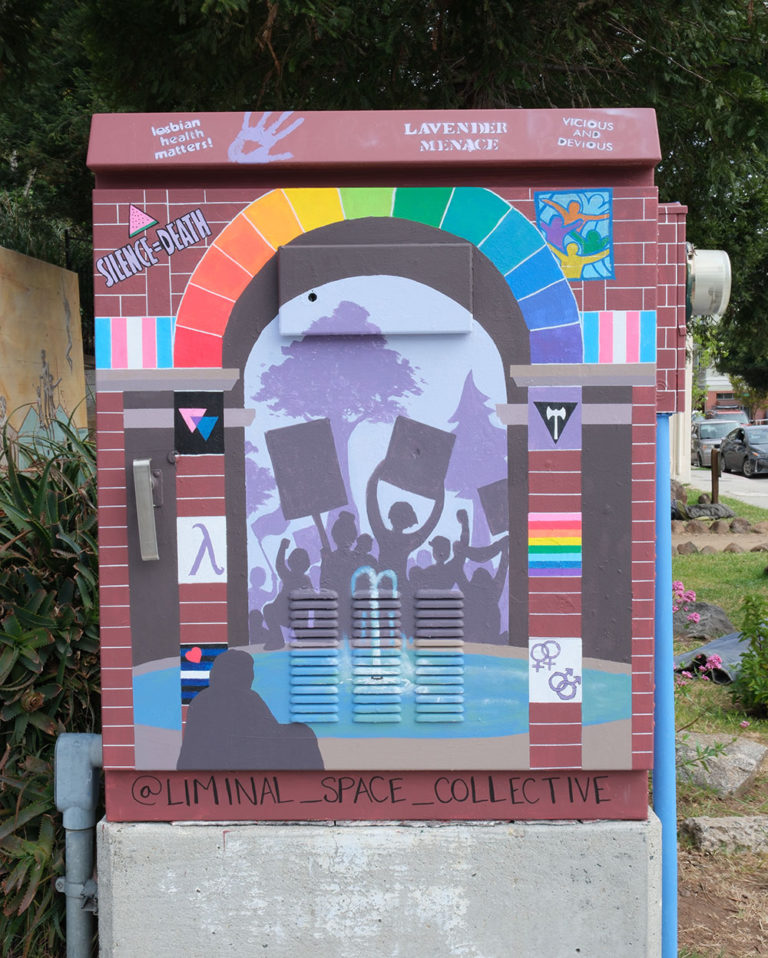
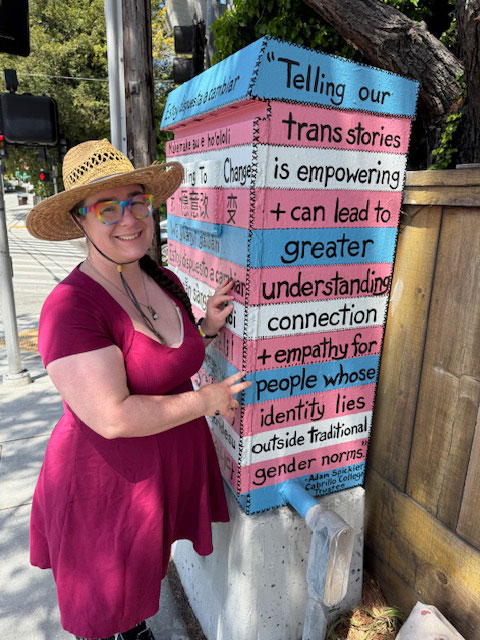
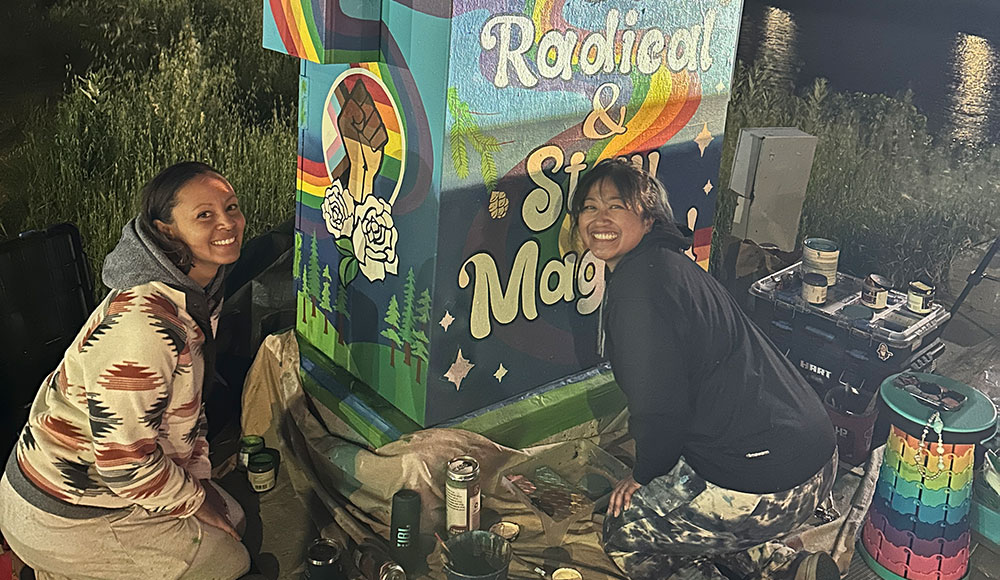




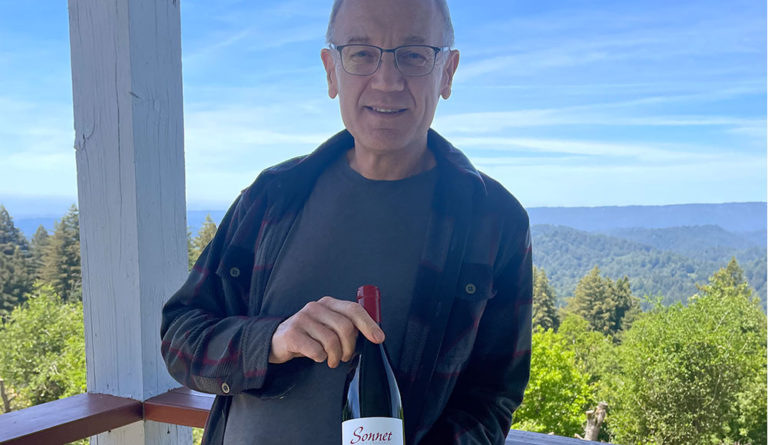

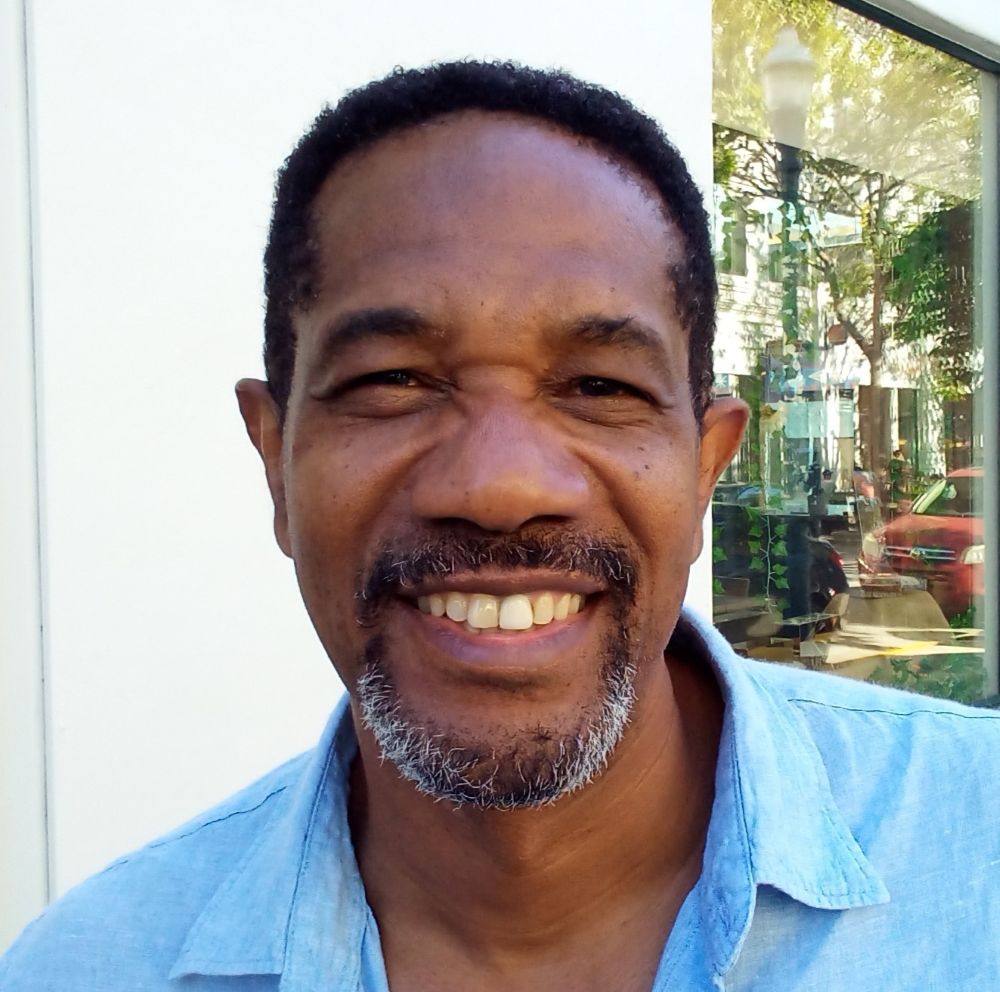
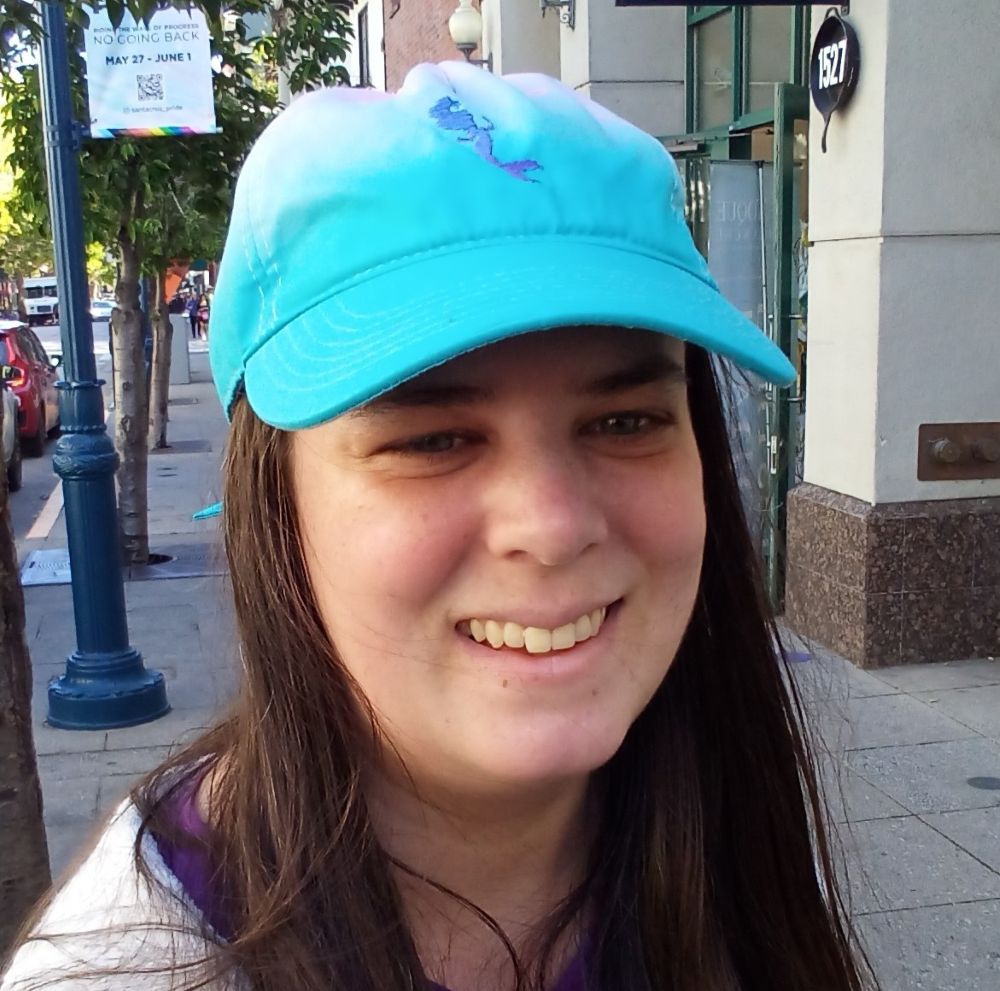
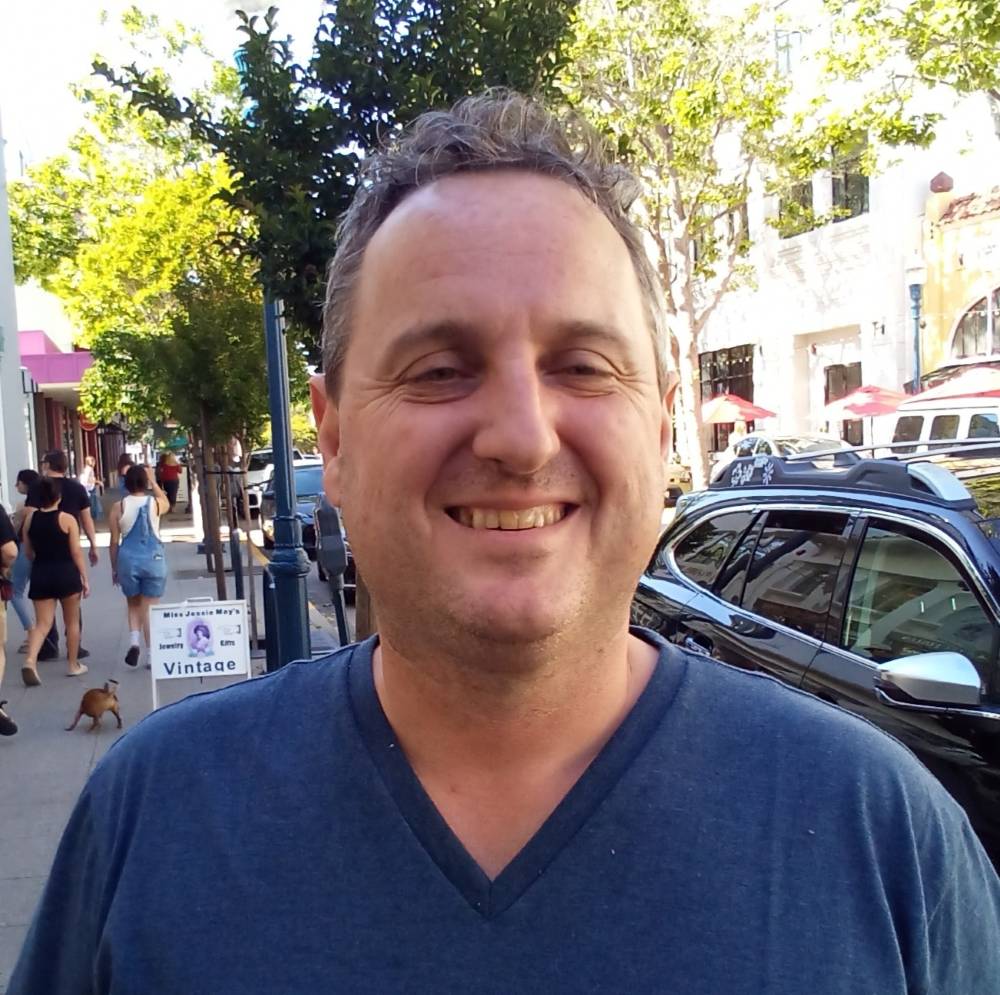
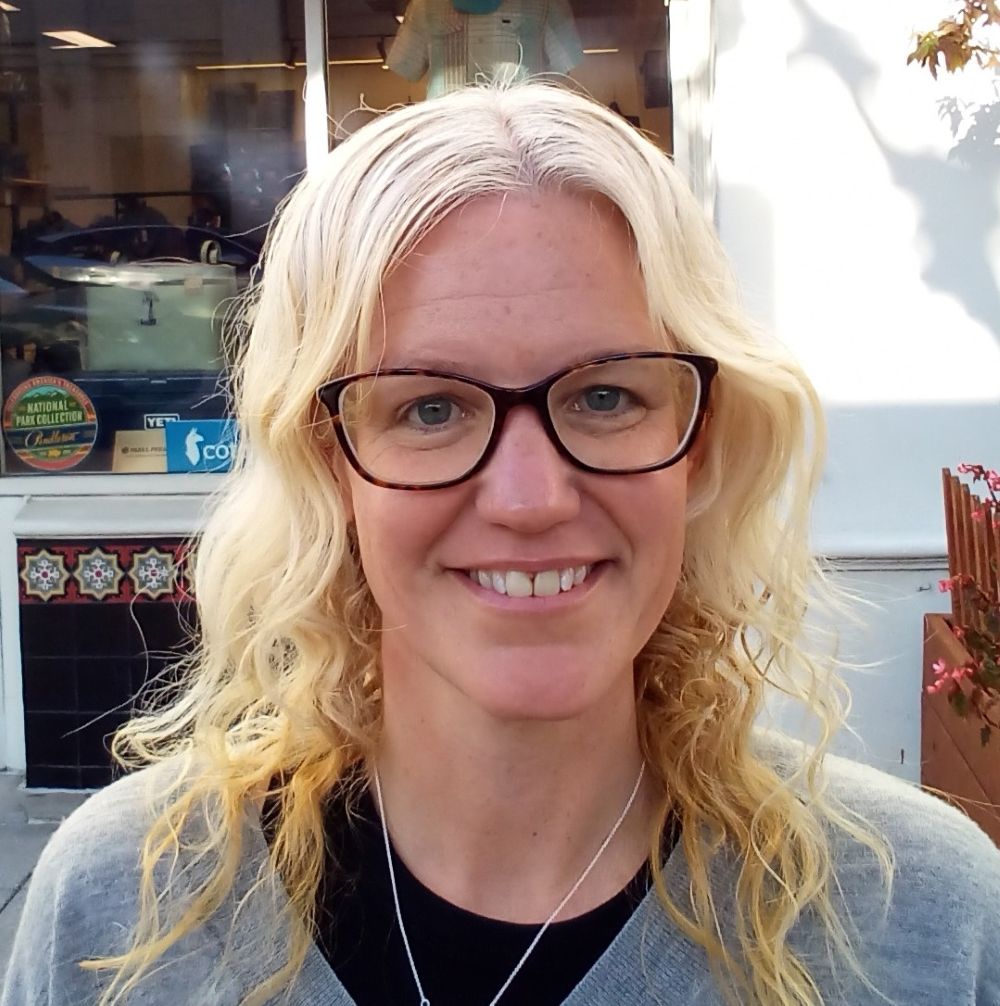
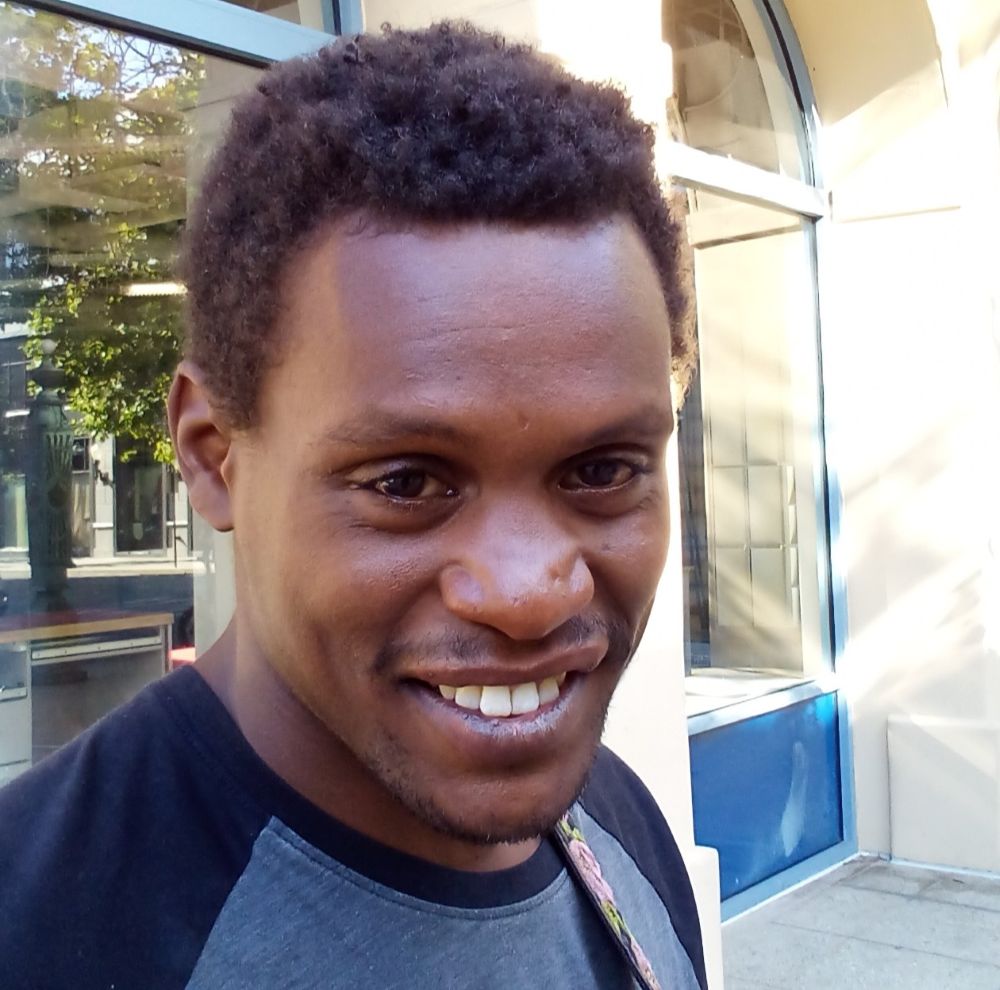

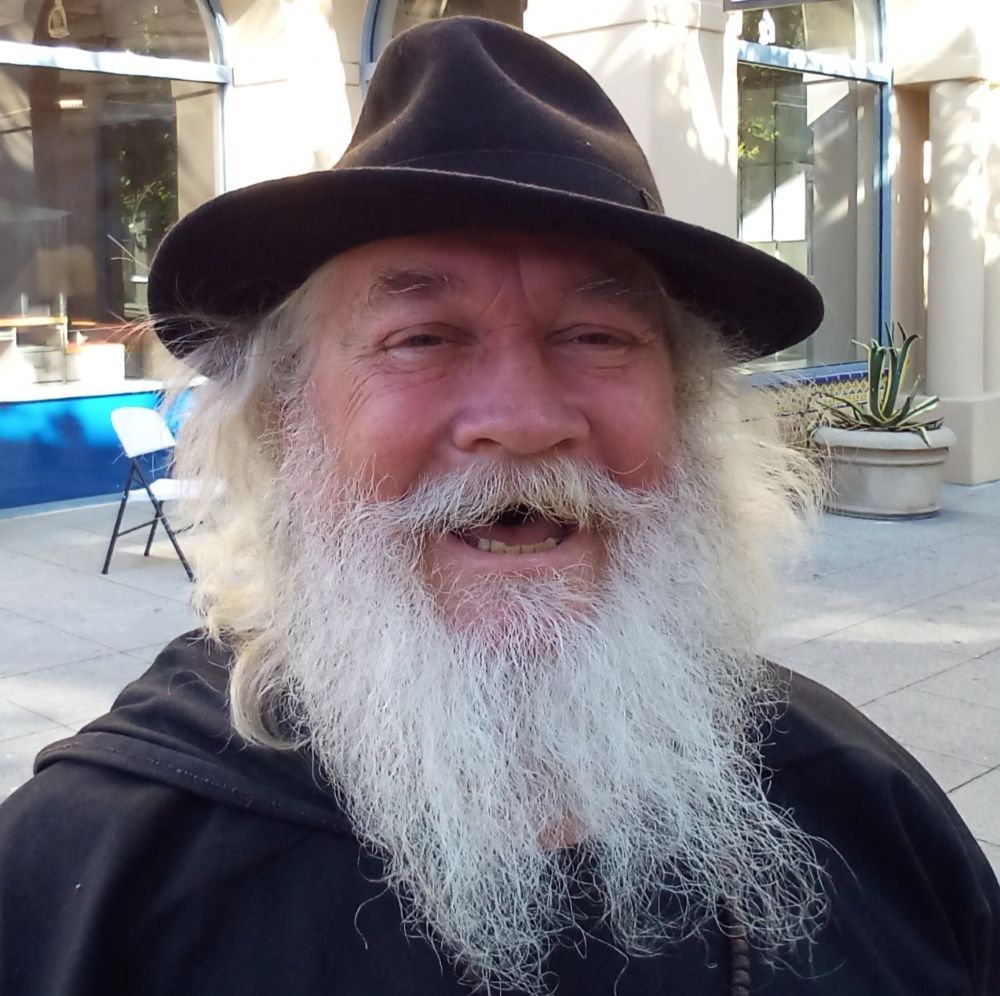

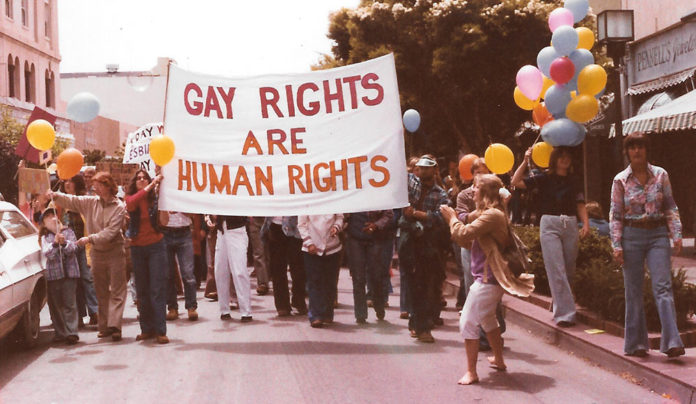

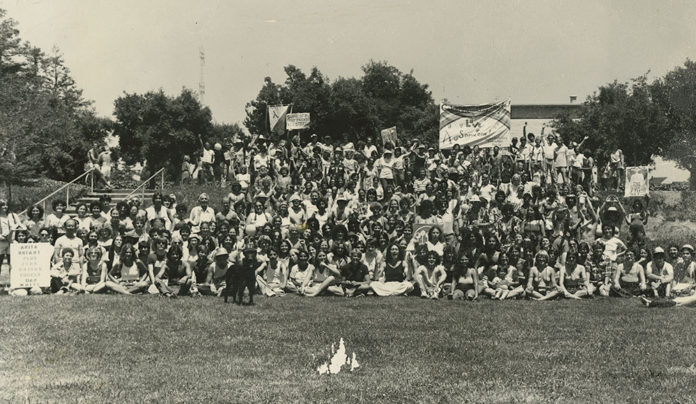
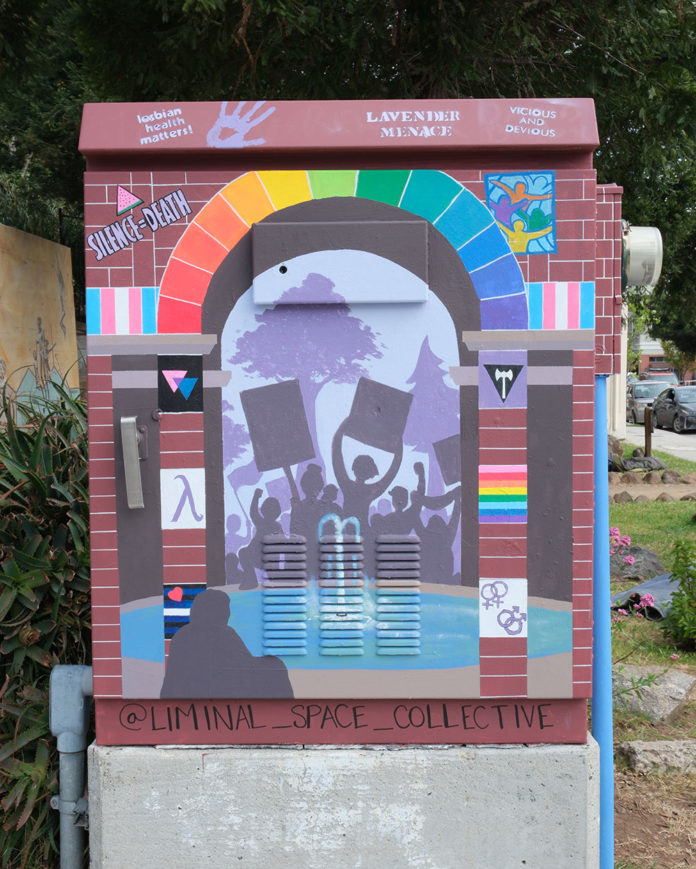



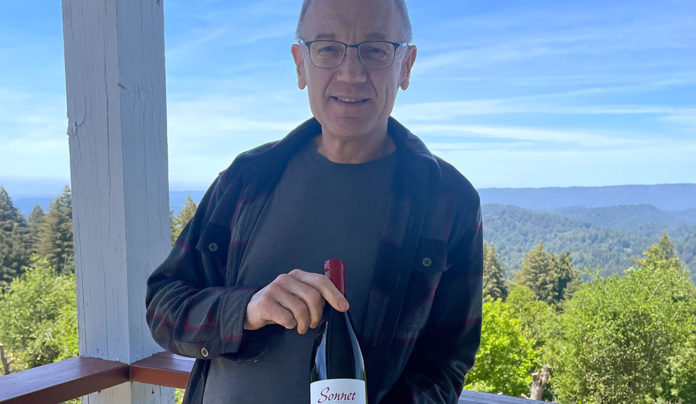




LETTERS
DRISCOLLS AND THE LAW
I’m reaching out regarding the recent story, “Activist Dolores Huerta Speaks Out Against Pesticide Use.” The article doesn’t fully explain the regulatory oversight that governs pesticide use—especially near schools—which is subject to strict enforcement by several agencies.
This link below provides important context: Driscoll’s Commitment to the Pajaro Valley.In addition, this link outlines Driscoll’s Global Labor Standards, which all independent growers are legally required to follow: Driscoll’s Global Labor Standards.
These standards include giving workers the right to collective bargaining and freedom from discrimination.
Solana Tanabe
THANKS, FIRST RESPONDERS
Just want to give a shout out to a conscious citizen and our first responders for their heroic rescue yesterday of a person overdosing in Oceanview Park. It was ever so fortunate that this Good Samaritan not only had first aid skills but also the bravery and compassion to come to this gravely ill person’s aid.
Thanks to 911, the fire truck and paramedics showed up in good time and the staff did a fantastic job transporting the patient out of the park. Since this person had collapsed behind the restroom and was out of sight, if the Good Sam hadn’t acted when they did and the fire truck and paramedics hadn’t shown up immediately, the situation could have been much grimmer.
I have so much gratitude to live in a beautiful place like Santa Cruz with excellent emergency services and wonderful people like this Good Sam. My takeaway is to update my first aid skills to be better prepared. You never know when you might be able to save a life.
Gabrielle Wilder | Santa Cruz
DON’T SELL OUR LAND TO BIG OIL
One of the things that makes our state so great is access to nature. So much of that is dependent on the protection of our public lands—national and state parks, monuments and designated wilderness. But right now, Donald Trump is offering a massive public lands giveaway to the fossil fuel industry.
He’s ordered the U.S. to “drill baby drill” on public lands, and he’s fast-tracked new oil and gas projects, bypassing environmental and public review. His allies in Congress are even pushing to open Alaska’s Arctic National Wildlife Refuge—one of the most pristine and undamaged wildernesses still in existence in the U.S.—to toxic oil drilling.
If they get their way, the fossil fuel industry will wreck our national landmarks for profit and pump millions more tons of planet-warming pollution into the atmosphere in the process. And don’t think this will help lower energy or fuel costs at home. Most of this oil and gas is slated for export to markets in Asia and will be bought and sold as a global commodity.
So if we don’t want to see drilling rigs the next time we head outdoors, we need to send a clear message to our representatives in Congress: Don’t sell off our public lands to Big Oil!
Molly Morabito | Santa Cruz